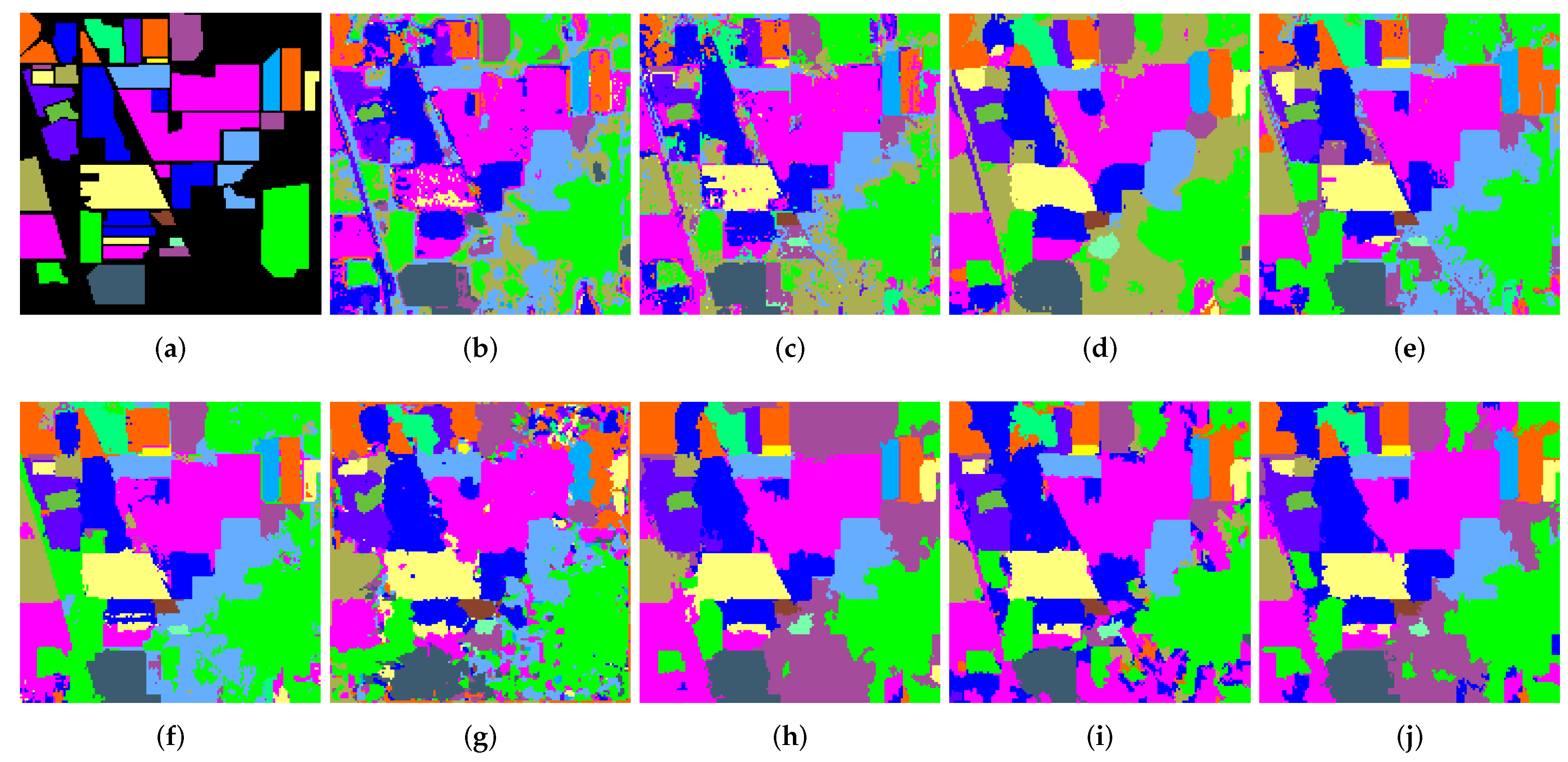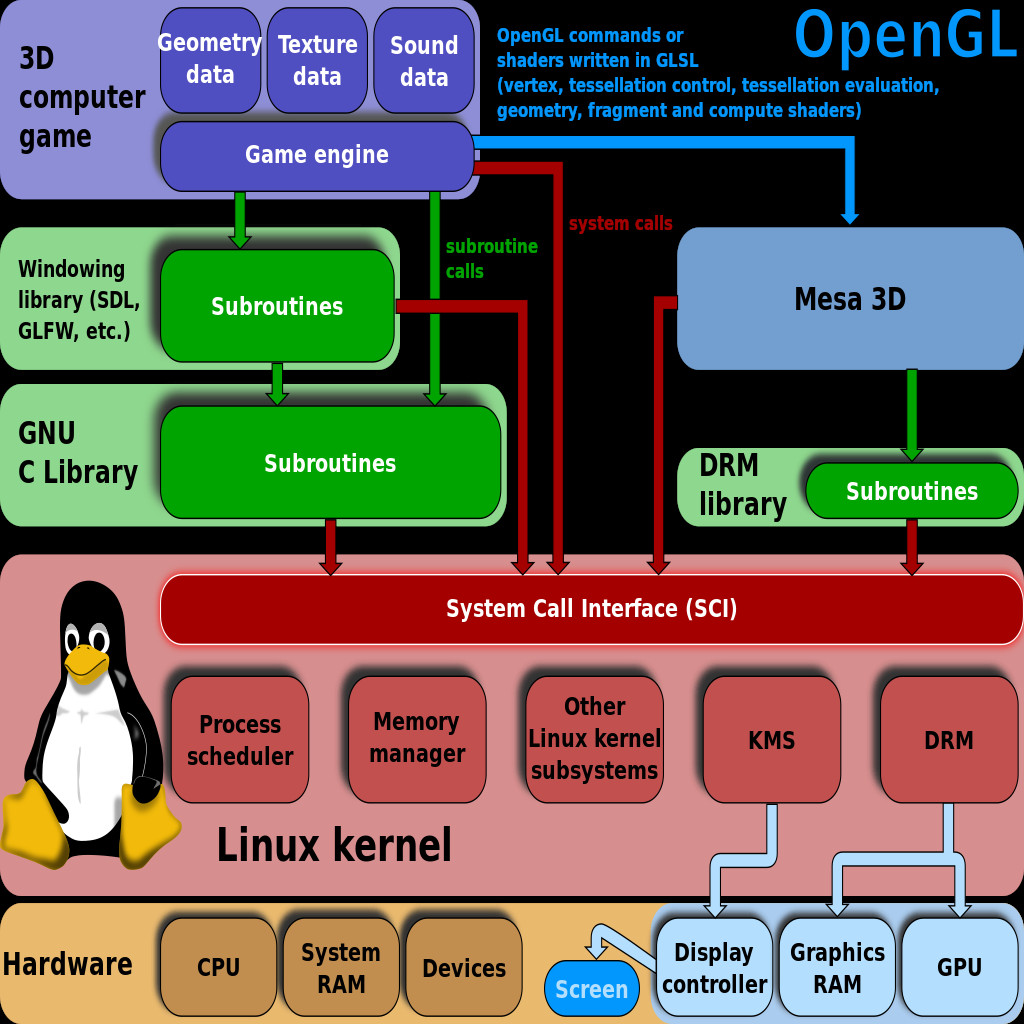

The user namespace attributes are protected by the normal Unix user permission settings on the file. The focus of this article is on the user extended attributes, which are meant to be used by the user and any application run by the user.

To use the trusted extended attributes the application or user has to have CAP_SYS_ADMIN capability (e.g., the superuser).

An example of a name in this namespace would be something like linux. The security namespace is used by SELinux. However, I believe that the system namespace is a place for metadata controlled by root or for metadata that is immutable with respect to users. The general wisdom is that unless you are using ACLs to store additional metadata, which you can do, you should not use the system namespace. For example, it will use names such as system.posix_acl_access and system.posix_acl_default for extended file attributes. The system namespace is used primarily by the kernel for access control lists (ACLs) and can only be set by root. You can add as many names separated by dots as you like to create “classes” of attributes.Ĭurrently on Linux, four namespaces are used for extended file attributes: The name starts with what is called a namespace identifier (more on that later), followed by a dot (.), then followed by a null-terminated string. The attributes have a name (the key) and some associated data (the attribute or “value”). The attributes are usually in a key-value format. Some of the filesystems have restrictions on extended file attributes, such as the amount of data that can be added, but all do allow for the addition of user-controlled metadata.Īny regular file or directory that uses one of the previously mentioned filesystems may have a list of extended file attributes. Many Linux filesystems can use extended attributes: If you like, extended attributes add metadata to a file or directory, going beyond the definition of the inode. Having standard methods for storing additional metadata with files – and not in a separate file or database – would be very useful.Įxtended attributes are a system of additional data that can be added to (i.e., extend) a file or directory in a filesystem. More metadata can also reduce the time it takes to find useful data and removes human intervention, which removes an additional source of error (although removing humans from the process could introduce other problems).

With more descriptive information about the data, applications can better utilize it for training models. The same is true for artificial intelligence (AI), machine learning (ML), and deep learning (DL). Rather than describe a cat photo as “cat eating cheeseburger,” it should include more information, such as the color of the cat, what is in the background, what is on the cheeseburger (i.e., does it have bacon), whether the cat seems to be enjoying the cheeseburger, and so on. Although you could use a database, it would be more difficult for other applications to access that data.įor example, to use search tools more effectively, applications and users need more information about files in the metadata. It needs to have a rich description of the data, as well. Many people think they can make money from their data – and they can – but the data has to have more than the simple information in an inode.


 0 kommentar(er)
0 kommentar(er)
